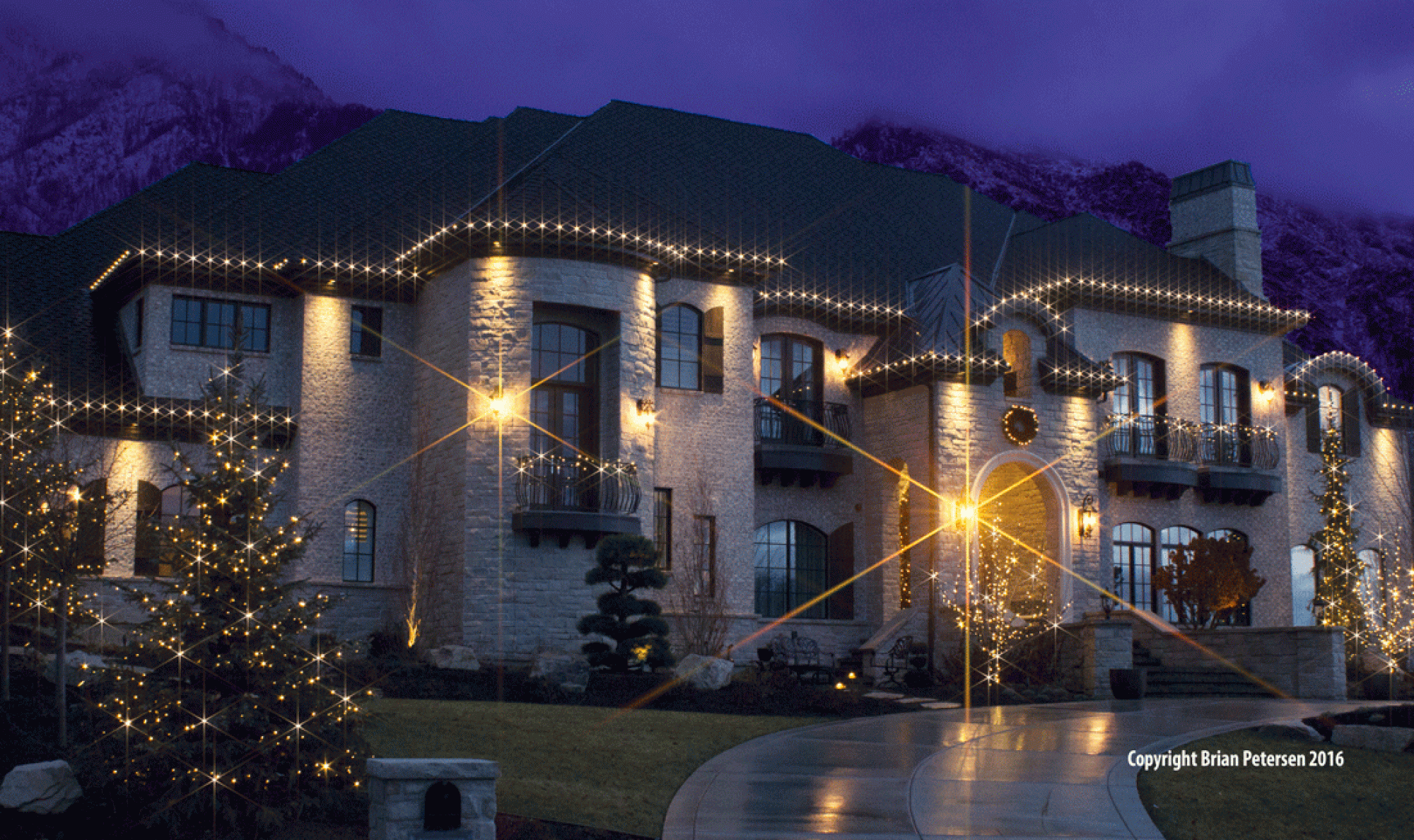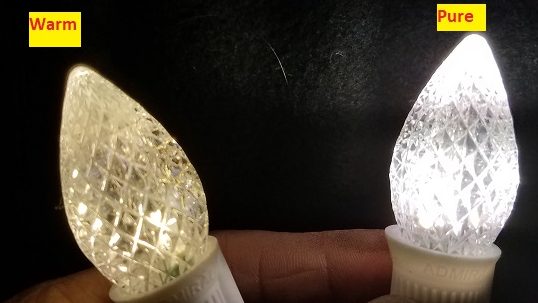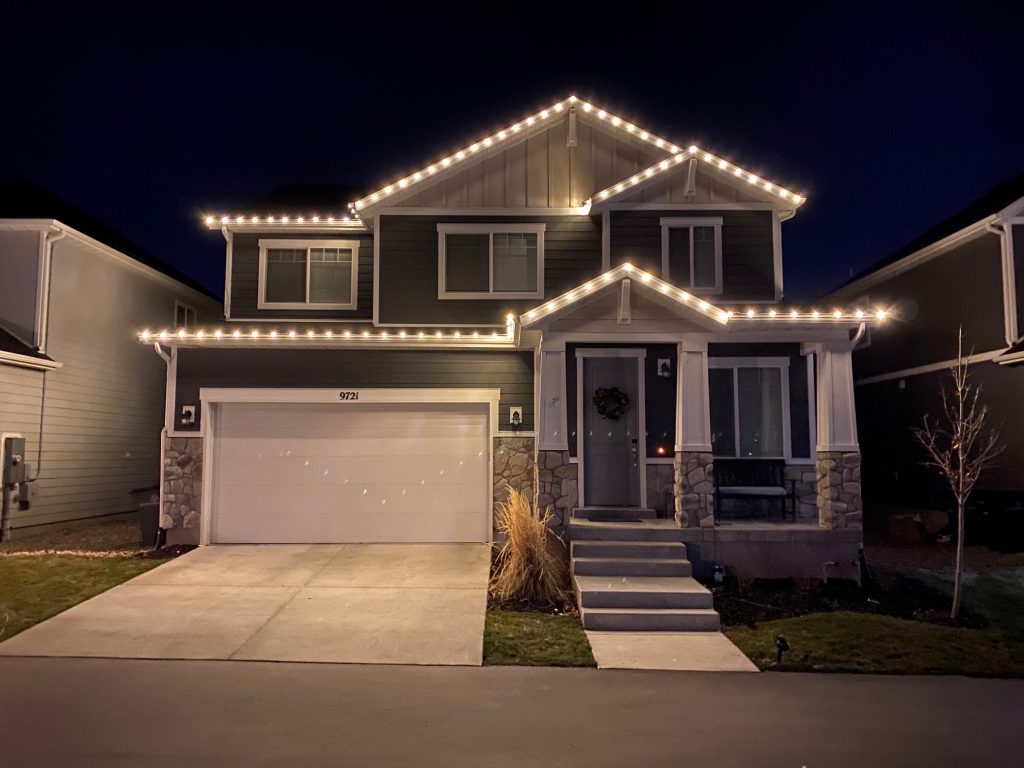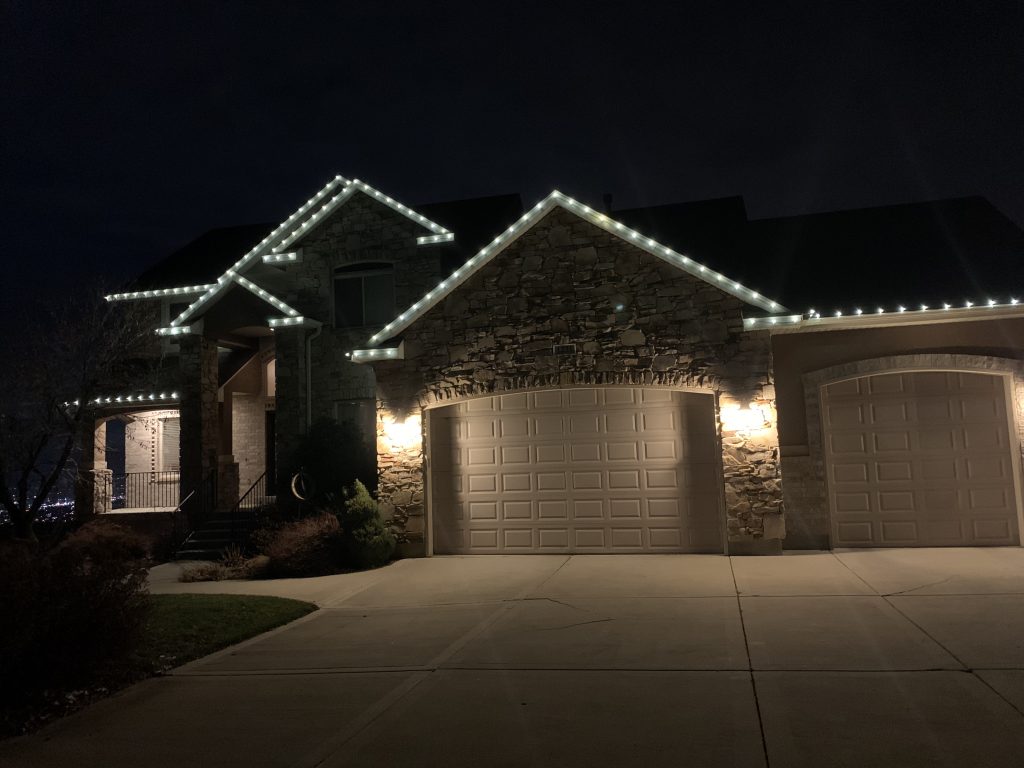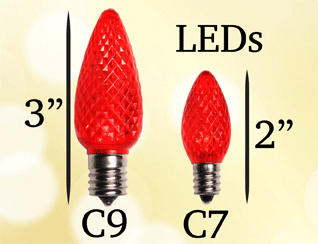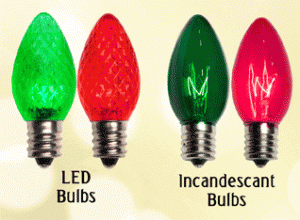
Traditional Christmas bulbs are incandescent style bulbs with filaments as invented by Thomas Edison. Although incandescent Christmas lights have been a standard since the early 1900’s; heat, breakage and burn-out of the filament are notable drawbacks of this traditional light source.
A superior new technology is supplanting Edison’s filament, the Light Emitting Diode or LED will last up to 10 years. Over time the LED is less expensive than the incandescent but LEDs are more expensive to purchase. The savings come from (1) longer life 92) high energy efficiency (3) less time spent replacing bulbs and (4) less glass breakage.
Life Expectancy — You can depend on LEDs lasting 5 to 7 years and professional grade LEDs will last up to 10 years. Life expectancy are increased when the bulbs are only used seasonally (such as Christmas lights).
Energy Efficiency — You will save up to 95% on energy with LEDs. In comparison to incandescent bulbs, they use almost no energy. Consequently, you can plug several light strands into one electrical outlet with a safety concern or blowing a circuit breaker. You can also eliminate extra electrical extension cords required by incandescent bulbs.
Replacing Bulbs — Have you noticed Christmas light displays with several burned-out bulbs? When I see these, I say to myself, “Wouldn’t have happened with LEDs.” Each time you pull out the ladder to change an outdoor Christmas bulb, remember that with LEDs you would not be out int he cold.
Filaments — It’s simple, filaments are going to burn out. LEDs have no filaments.
Breakage — Traditional incandescent glass bulbs break easily. I accidentally broke a bunch this week. The plastic housing on LEDs are far more durable!
Heat — Incandescent bulbs produce heat, as many of us know from touching a hot incandescent bulb. This is a safely hazard for fire and a potential for burning fingers. LEDs are cool to the touch. No risk or burns or fire!
Cost Efficient — LEDs are less expensive over the life of the bulbs. The energy savings along will off-set the higher initial cost of LEDs. The other savings are additional benefits!
Pure Color — Incandescent Christmas light filaments basically produce just one whitish color. The painted glass provides the tint or red, or blue, or green. And this color will change over time and the paint fades. LEDs produce a pure red, or green, or blue, etc. The technology of LED produces an exact wavelength of color and consequently some LEDs do no depend on paint or enclosure color to produce their color. Other LEDs use a colored plastic housing to determine their color.
Chipped Paint — The color of incandescent Christmas bulbs is obtained by painting the glass housing of the bulb. Invariably, that paint will chip and flake off. When it does, you end with a shoddy appearing bulb resembling a a remnant from the depression era.
Which LEDs should you buy. Just like there are cheap incandescent Christmas lights, there are also cheap LEDs. Purchase from a professional supplier to ensure you get a high grade light.
